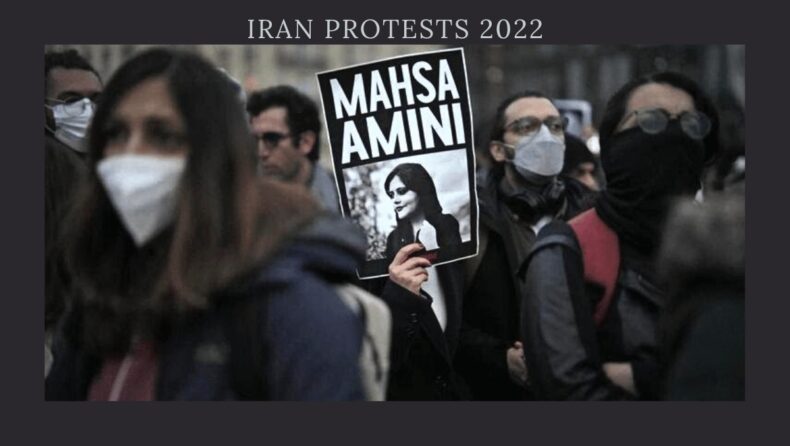At least 234 persons, including 29 children, reportedly died in Iran’s nationwide protests since the death of Amini.
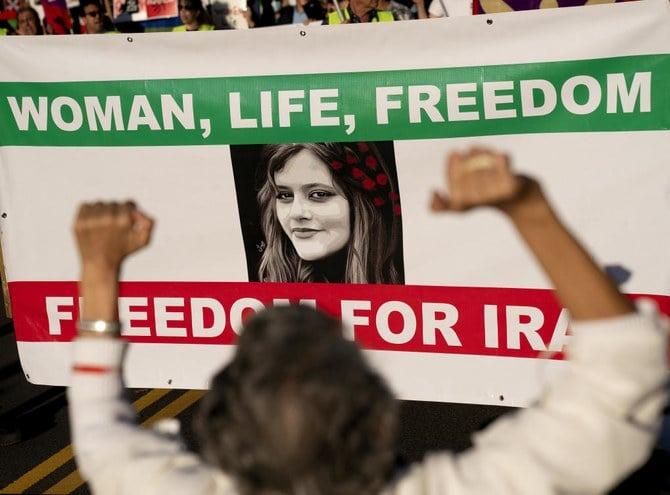
Since September, anti-government protests have flared across Iran after the custodial death of 22-year-old Mahsa Amini. Amini passed away after she was detained by morality police to a “re-education center” for not wearing her hijab properly.
The strongest ripple of protests to destabilize the Islamic republic in nearly three years began last month after anger erupted during her funeral. Burning their hijabs publicly and confronting security officers, young women have taken the lead as they defy the repressive government.
The 40th following her departure is a significant day of grief in Iranian culture, and today is the day that marks that event. IRNA, the state-run news agency of Iran, reports that Amini’s family has decided not to organize a memorial service for her today in an attempt to end the unrest.
According to the family’s statement to IRNA, a local news agency “considering the circumstances and to avoid any unexpected incident, we will not hold a service commemorating the 40th day.”
Iran Protests: 40 days since Mahsa Amini and nationwide anti-government protests persist
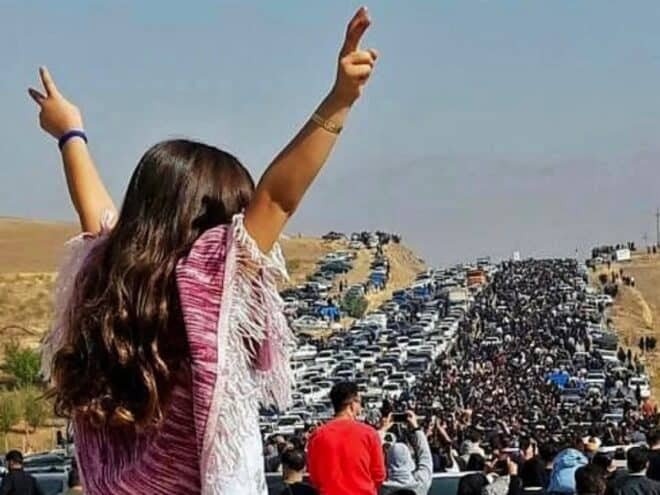
On Wednesday, October 26, the traditional Iranian period of mourning came to an end, marking the completion of forty days since Mahsa Amini’s passing in Iran.
The passing of Amini, which had caused an uproar about the treatment of women in Iran on a global scale, is today seen as a significant but historic event in the history of the country’s ongoing women’s movement.
Amini’s murder under mysterious circumstances after being held by Iran’s Morality Police for violating laws mandating women to wear the hijab and modest clothing sparked the movement, which has since grown into a nationwide call for reforms to the country’s political system.
Similar to Mahsa Amini, several female demonstrators have died in questionable circumstances, suggesting that the authorities might have been involved in their deaths. Nika Shakarami, 16, Hadis Najafi, 22, and Sarina Esmailzadeh, 16 among the others have further spurred the ongoing protests in Iran.
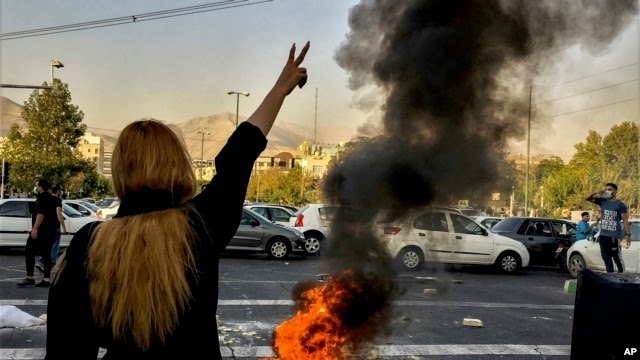
The Iran Human Rights has also focused on how the authorities have coerced families to extend the lies that the security forces have fabricated regarding these deaths.
On Wednesday, there will undoubtedly be several rallies across the country led by women and schoolgirls, who have remained at the center of the anti-government protests.
“A student may die but will not accept humiliation.”
Students protesting at Shahid Chamran University of Ahvaz
On Tuesday, the eve of the rituals marking Amini’s passing after 40 days, Iranian students resisted crackdowns and staged demonstrations at many universities. Mob of mourners had flooded into Saqez in the western Kurdistan region to pay respects at Amini’s grave despite increased security measures.
Iran Protests and the continuous state repression
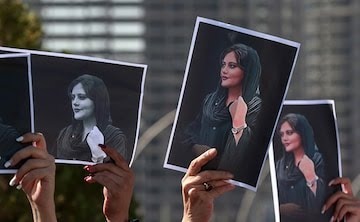
Iranian women and young people have been protesting the regime over the past five weeks, demanding freedom and a basic, fundamental reform to the 43-year-old authoritarian regime in response to Mahsa Amini’s passing after being detained by the morality police.
The current movement began with the simple demands of “women, life, freedom” before growing onto them with chants like “death to the dictator” and “death to Khamenei” – a clear indication that Iranians can no longer put up with the authoritarian dictator of the regime.
According to Amnesty International and the Human Rights Activists News Agency, more than 12,000 demonstrators have been detained and 250 have been killed since then, including 23 children.
Iranian judicial officials have filed charges against protesters who were taken into custody during recent anti-government demonstrations, which rights organizations claim resulted in numerous fatalities.
Some of the detained protestors have been referred to as agents of the enemy by Supreme Leader Ayatollah Ali Khamenei, who also stated that court and security personnel must carry out their duties in these cases.
The government has responded severely to these protests with police brutality and accounts of vicious conduct emerging as protests persist. The security apparatus on the ground includes various branches of the Iranian police, including the Naja Special Forces Unit and what is known as Nopo (Guardians of the Islamic Jurist Special Forces); various organizations within the Islamic Revolutionary Guard Corps (IRGC), like personnel of the paramilitary Basij Resistance Force; and civilian clothes agents, as can be seen in videos posted on social media.
Security forces have shot tear gas and opened fire on people in Zindan square, Saqqez city,”
Hengaw, a Norway-based human rights group

As the protesters gathered in Amini’s hometown of Saqqez, Kurdistan, paramilitary Basij and anti-riot authorities opened fire on demonstrators outside a nearby hotel.
The US stands with the “brave women of Iran who are right now demonstrating to secure their basic rights,”
President Biden declared in favour of the demonstrators on Sunday.
Iran responded by announcing it would sue the US for allegedly having a “direct role” in the demonstrations.
Read more: Aakash gives Byju’s a loan of 300 crores: Plans to layoff 2500 employees







